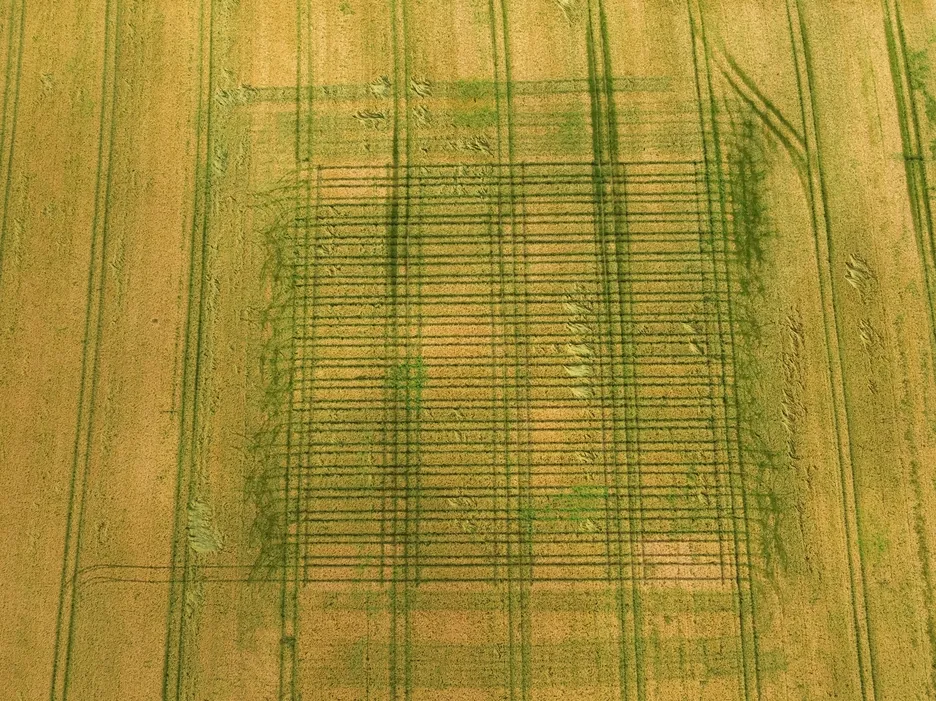Analyzing fertilization strategies
Research |
Which fertilization is best to lower the environmental impact while maintaining high yields? And do stricter regulations lead to yield losses? Researchers at TUM compared three approaches with winter barley: DüV, fixed amounts of nitrogen and multispectral sensor systems. Ten different fixed nitrogen applications, six applications based on DüV and eleven sensor-based fertilization systems were investigated.
DüV delivers high yields
Fertilization based on the DüV and sensor-based systems achieved consistently high yields of over 10 tonnes per hectare, close to the optimum yield. The analyses of nitrogen use efficiency delivered similar results - here, too, DüV and sensor-based systems delivered good values.
The sensor-based systems have advantages in balancing the nitrogen surplus. In the studies, using the sensor-based system achieved high yields while largely avoiding excess nitrogen. “Thus, less nitrogen is leached into the soil, which protects the environment,” emphasizes Martin Mittermayer, researcher at the Professorship of Organic Agriculture and Agronomy at TUM.
Sensor-based systems for fertilizer optimization
To achieve high yields, both fertilizations, according to the Fertilizer Ordinance and with sensor-based systems, are suitable. Martin Mittermayer explains what sensor-based fertilization systems offer in addition: “Their potential lies in flexible nitrogen management. With sensor-based systems, fertilization can be dynamically adapted to current conditions. In this way, nitrogen use efficiency can be optimized more precisely than in fertilization according to the DüV. Sensor-based fertilization systems can be particularly advantageous for organically fertilized soils, as they take the current mineralization potential into account.”
Further validation
“Now we need to validate these results at other locations,” emphasizes Martin Mittermayer. The present investigations took place under particularly favourable conditions: good rainfall, high yields and a pure cash crop farm. Further analyses with more variable conditions will investigate the generalization of the findings.
Optimization of fertilization according to DüV
However, the study also revealed further optimization possibilities for fertilization according to DüV. In practice, the target yield of a field needs to be estimated in order to adjust the fertilization. For this purpose, the average value of an area is used. However, this estimate is unspecific and sometimes imprecise.
As previously reported, there are new approaches that enable more precise yield estimates. In a lecture at the Hans Eisenmann Academy, Prof. Kurt-Jürgen Hülsbergen from the Chair of Organic Farming and Crop Production Systems and his staff and colleagues presented these approaches and their validation.
Publication
Mittermayer, M.; Maidl, F.-X.; Donauer, J.; Kimmelmann, S.; Liebl, J.; Hülsbergen, K.-J. Optimizing Nitrogen Use Efficiency and Yield in Winter Barley: A Three-Year Study of Fertilization Systems in Southern Germany. Appl. Sci. 2025, 15, 391. doi.org/10.3390/app15010391
